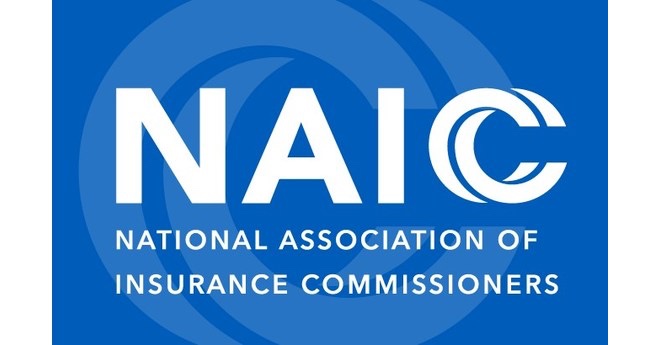The National Association of Insurance Commissioners’ (NAIC) Membership has adopted the first-ever National Climate Resilience Strategy for Insurance to protect the nation’s property insurance market by closing coverage gaps and improving recovery from natural disasters.
 The goal of the strategy is to drive faster and more effective risk reduction by state insurance regulators to ensure that insurance continues to be available and reliable as a crucial backbone to communities facing climate risks.
The goal of the strategy is to drive faster and more effective risk reduction by state insurance regulators to ensure that insurance continues to be available and reliable as a crucial backbone to communities facing climate risks.
It gives regulators the tools to achieve that as well as an action plan by advocating for home hardening from wildfires, floods, and storms.
The strategy does this by utilising catastrophe modelling information; better informing the public of risks; and making sure new solvency tools are updated to incorporate further analysis of climate risks.
Developed under the coordination of the NAIC’s Climate and Resiliency Task Force, the strategy brings together insights and approaches from US insurance regulators representing jurisdictions that are large and small, coastal and inland, and urban and rural, as well as the island jurisdictions that face urgent and unique challenges.
“Our property markets and the consumers we work to protect are under pressure. The PCMI data call and the National Climate Resilience Strategy for Insurance will help us close protection gaps and make every community stronger and more resilient,” said Lori K. Wing-Heier, Alaska Division of Insurance Director.
He continued: “This strategy document brings together many of our existing workstreams, focuses our work on pre-disaster risk mitigation, and will provide important coordination among US state regulators,” Wing-Heier added.
California Insurance Commissioner Ricardo Lara, who co-chairs the NAIC’s Climate and Resiliency Task Force alongside Wing-Heier, added: “US states are in the forefront of making safer communities to withstand extreme weather and climate change, which is critical to keeping insurance available for all.
“Our national climate resilience strategy puts reducing risks and protecting solvency at the center of our work to protect consumers.”
“Closing the protection gap means hardening properties and continuing to vigorously monitor solvency protection oversight,” NAIC President and Connecticut Insurance Commissioner Andrew N. Mais, noted.
“As insurance regulators are seeing in our states and territories, this is a national problem that calls for a national strategy to ensure that insurance remains available and reliable.”
The NAIC National Climate Resilience Strategy addresses state insurance regulators’ plans to collect data to help identify and close protection gaps, create a blueprint for the future of flood insurance, and leverage the recently created Catastrophe Modeling Center of Excellence.
As well as to create new resilience tools, advocate for pre-disaster mitigation funding, and improve solvency tools, such as scenario analysis.
The Climate and Resiliency Task Force adopted the NAIC National Climate Resilience Strategy for Insurance in 2023 and exposed it for public comment before it was adopted by the full Membership at the NAIC Spring National Meeting on March 18, 2024.


